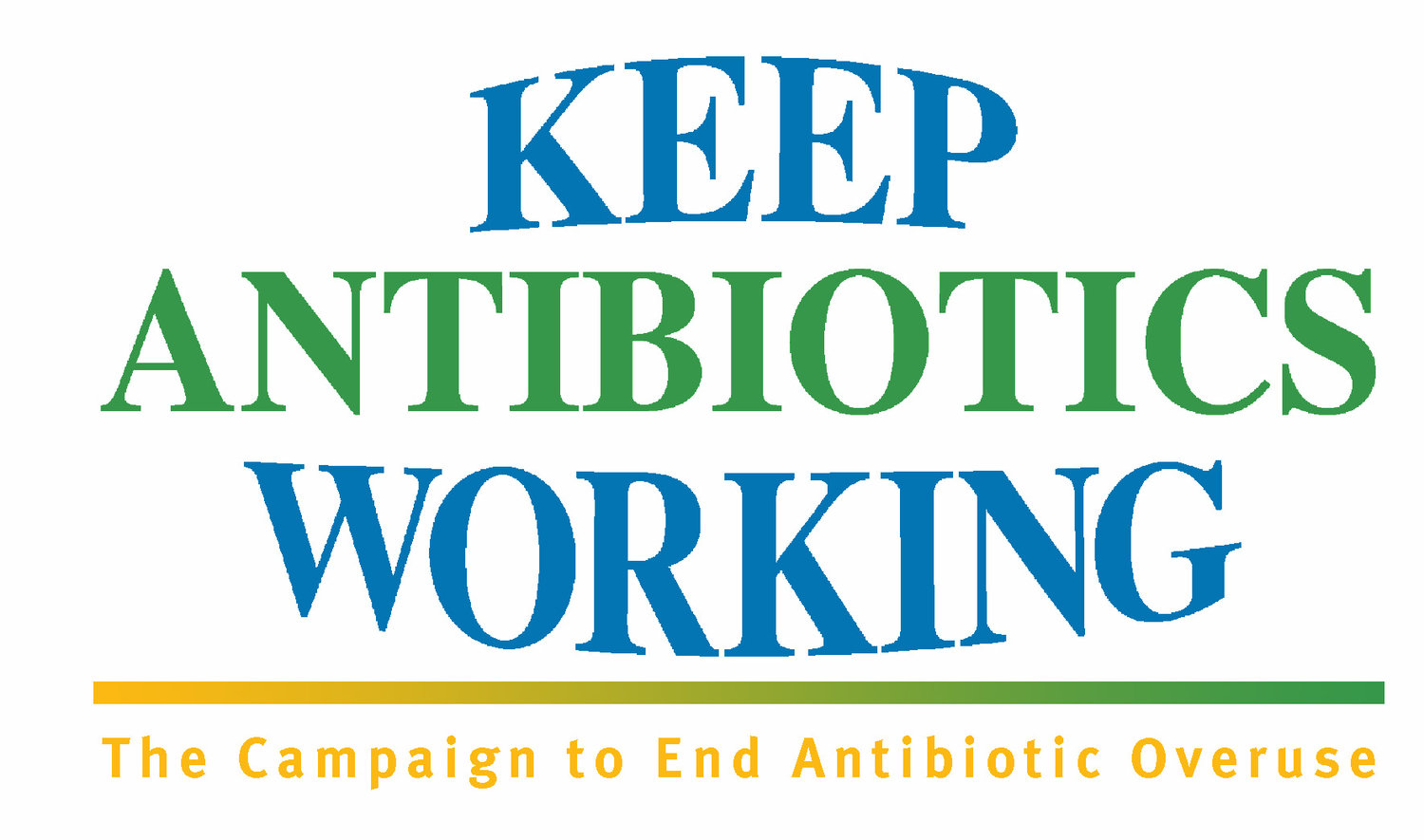How are Antibiotics Used on U.S. Cattle and Swine Farms?
Animals are Routinely Given Antibiotics
Steve Roach, Food Safety Program Director, Food Animal Concerns Trust
In May and August of 2019, U.S. Department of Agriculture (USDA) released the results of two national surveys of livestock producers conducted by the National Animal Health Monitoring System (NAHMS) in 2017. Both looked at antimicrobial use and stewardship, one on U.S. cattle feedlots and the other on U.S. swine operations. USDA surveyed pig farms and cattle feedlots across the United States and gathered information on how they used antibiotics in feed, water, or by injection. Food Animal Concerns Trust (FACT) reviewed the data in the reports, filled in some gaps, and created a summary and analysis of the most interesting findings. You can read our summary here. Though the USDA reports have some serious limitations, they provide some very useful insights on how and why antibiotics are used on farm.
Here are some of the most important findings regarding antimicrobial use. More details are available in our summary and even more in the reports themselves.
Feedlot Cattle
USDA collected information on how feedlots with 50 or more heads of cattle used antibiotics in 2016. This was before the Food and Drug Administration (FDA) put in place new restrictions on how antibiotics could be used on farm beginning January 2017. These restrictions contributed to a big drop in antibiotic use in 2017, which is not reflected in these reports. Overall in 2016, 88% of feedlots gave antibiotics to cattle in feed, water, or by injection. So about 12% of feedlots did not use antibiotics.
Feedlots use many different antibiotics, some that FDA considers important for human medicine and others that it does not. The medically important antibiotic fed to the largest number of cattle on feedlots in 2016 (52% of all cattle) was tylosin, a macrolide which the World Health Organization (WHO) considers to be a highest-priority critically important antibiotic. WHO recommends that this type of drug not be used in food animals at all or at the most very rarely. Tylosin in cattle is approved for a single purpose, preventing liver abscesses, a use completely at odds with WHO recommendations. Liver abscesses result from feeding cattle diets without enough roughage. Feedlots often combined tylosin with ionophores, drugs unrelated to human medicine that are used in cattle to promote growth and to control coccidian parasites. Chlortetracycline, another medically important antibiotic, was fed to almost 30% of cattle, primarily for respiratory disease. While this study did not ask feedlots to distinguish between preventing or treating respiratory disease, an earlier USDA study from 2011 found that most chlortetracycline use in feed was for prevention not treatment.
Pigs
The USDA surveyed swine farms that housed at least 1,000 “market pigs”. Market pigs include both nursery-age and grower/finisher-age pigs usually between 3 to 25 weeks old who have already been weaned. In both nursery age pigs and grower/finisher-age pigs the most used antibiotic was chlortetracycline in combination with tiamulin, and it was primarily used for respiratory diseases. The second most common antibiotic used was carbadox, a non-medically important carcinogen that FDA has proposed banning because feeding it to pigs leads to cancer causing residues ending up in pork products. Carbadox is used to promote growth and control -not treat- pig diarrhea, and its use seems to be going up despite FDA’s proposed ban.
Some of the most interesting swine data in the report was regarding what age certain antibiotics were typically prescribed to pigs, and how long they were used for. In some swine, the medically important antibiotics were used on average between 14 to 36 days depending on the drug. Some medically important drugs such as tylosin were being used for more than five weeks in grower/finisher age pigs. One non-medically important drug, bacitracin which can select for resistance to the last resort drug colistin, was used an average of 54 days in some pigs.
Problems with USDA Data
While these findings are a useful addition to antibiotic sales data we do have pressing concerns with USDA’s data collection and reporting methods. One serious detail the surveys choose to omit is distinguishing between use for treatment, control, or disease prevention. There is a critical distinction between a drug which is used to treat disease and a drug which is used preventatively, potentially for a long time at a low dose. Both contribute to increased resistance risk differently. The NAHMS studies also fail to collect data on how much antibiotics are used, instead they ask livestock producers whether an antibiotic was used during the last six months and in some cases what percent of the animals on the farm received it. Since drugs can be given at different doses and durations or to the same animal multiple times, this type of data does not allow the straightforward measurement of the amount of drugs used.
Finally, perhaps most troubling, USDA failed to report the reason for use and information on length of use for most of the drugs in the cattle feedlot report. USDA collected this data but then failed to report it stating unexplained confidentiality concerns. It is difficult to understand how reporting on a drug used by very few feedlots raises issues of confidentiality. As shown in our summary report, we were able to identify the uses for all of the drugs used in large numbers of cattle despite the USDA withholding that information but could not do the same for the durations.

